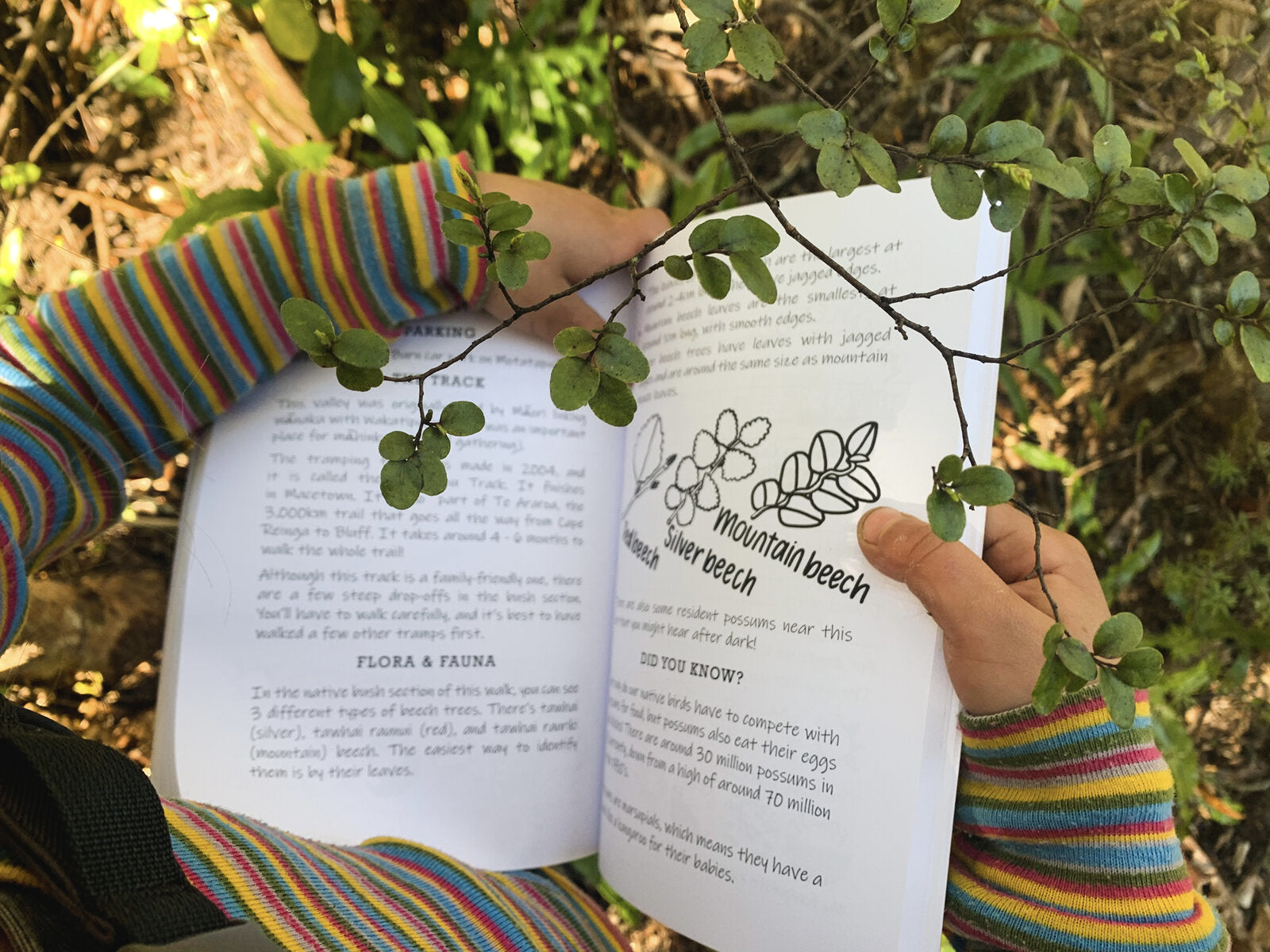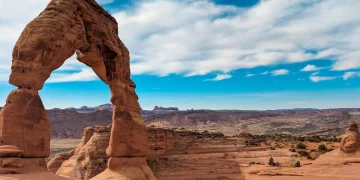Introduction
Trail adventures offer a perfect blend of natural beauty, physical challenge, and self-discovery. Whether you’re trekking through dense forests, climbing alpine ridges, or exploring desert landscapes, every trail offers a story. But how do you capture these unforgettable experiences in a way that not only preserves memories but also conveys the thrill of the journey to others? In this article, we’ll explore the best ways to document your trail adventures—both for personal reflection and for sharing your experiences with others—while keeping it practical, fun, and creative.
1. Start with a Journal: The Power of Writing
A trail journal is one of the most authentic and intimate ways to document your adventure. Unlike digital records, a journal allows you to capture thoughts in real-time, providing a visceral connection to the landscape and experiences.
Why it Works:
- Mental Clarity: Writing forces you to slow down, reflect, and pay attention to the details around you.
- Personal Reflection: Journaling opens the door to introspection, allowing you to capture the emotional journey, not just the physical one.
- Keepsake for the Future: A handwritten journal can become a precious artifact, carrying memories that last far beyond the trail.
How to Use It:
- Daily Entries: Dedicate a few minutes at the end of each day to jot down your thoughts, observations, and challenges.
- Include Sensory Details: Record what you saw, heard, smelled, and felt. This helps recreate the experience vividly when you read it later.
- Sketches & Maps: Sometimes words aren’t enough. Include small sketches, simple maps, or doodles to illustrate the terrain or key moments.
2. Photography: Visual Storytelling at its Best
A picture is worth a thousand words, and trail adventures are rich with photo-worthy moments. From stunning sunrises over misty mountains to wildlife encounters and peaceful moments by the trail, photography is one of the best ways to preserve the visual impact of your journey.
Why it Works:
- Instant Recall: A well-captured photo can instantly trigger memories of your experience, evoking not just the scene but the emotions tied to it.
- Sharing with Others: Photography allows you to share your story visually with friends, family, or followers who might not have experienced the trail firsthand.

How to Capture Great Trail Photos:
- Golden Hours: Early mornings and late afternoons provide soft, warm lighting that brings out the best in landscapes.
- Perspective: Don’t just take wide shots of grand vistas. Try close-ups, unusual angles, and portraits of fellow hikers to add variety to your photos.
- Details Matter: Focus on small details—the texture of a leaf, the patterns in the rocks, or the dew on a spider’s web. These intimate shots often tell a richer story than the sweeping panoramas.
Essential Gear:
- Compact Camera or Smartphone: Today’s smartphones can take stunning photos, especially if you’re traveling light.
- Action Camera: Consider a GoPro for dynamic shots on the move or if you’re doing water activities.
- Drone: A drone can add an epic dimension to your adventure, capturing landscapes from unique aerial perspectives (remember to follow local drone regulations).
3. Video Diaries: Bringing the Trail to Life
A video diary can encapsulate the energy and movement of your trail adventure like no other medium. From the rhythm of your footsteps to the sound of birds in the trees, videos are immersive and personal.
Why it Works:
- Real-Time Engagement: Video allows you to speak directly to the camera, sharing thoughts as they happen—capturing the rawness of the moment.
- Multisensory Experience: Combine visuals, sounds, and movement for a richer storytelling experience that still photos can’t quite match.
How to Do It Right:
- Short Clips: Record short video snippets throughout the day, such as your arrival at a campsite, a quick chat about the hike, or a short trail update. Keep them under two minutes to maintain interest.
- Action Shots: Set up the camera to capture dramatic moments like crossing a stream, climbing a peak, or taking a break with scenic views in the background.
- Narrate Your Journey: Share your thoughts, struggles, and victories in the moment. A video with a personal voice-over can transform it from a simple montage into a memorable narrative.
Gear to Consider:
- Smartphone: Most smartphones today shoot in 4K and are perfect for short video clips.
- Action Cameras: For hands-free, high-quality footage, consider an action camera, which can be attached to your chest, helmet, or even a drone.
- Stabilizer or Gimbal: If you plan to do a lot of walking shots, a stabilizer can smooth out shaky footage.
4. Use Social Media for Real-Time Documentation
For many hikers, social media is an immediate outlet for sharing their trail adventures. Platforms like Instagram, Facebook, and Twitter allow you to post in real-time, sharing highlights with friends and fellow adventurers.
Why it Works:
- Community Engagement: Social media provides a platform for sharing experiences and engaging with a community of like-minded individuals. Trail hashtags can connect you with hikers all around the world.
- Instant Feedback: Social media allows for interaction with friends and followers, making your adventure more dynamic and rewarding.
How to Maximize Your Social Media Presence:
- Post Highlights: Share photos, short video clips, and thoughts in real-time. People enjoy seeing the progression of your hike day by day.
- Hashtags: Use trail-related hashtags, such as #trailname, #hikingadventures, or #thruhiker, to get noticed by the outdoor community.
- Stories & Live Updates: Platforms like Instagram and Facebook allow you to post real-time stories. Use this feature to share spontaneous moments or your current trail location.
What to Avoid:
- Over-sharing: Posting every detail might overwhelm your followers. Focus on quality, not quantity.
- Risk of Overexposure: Be mindful of your location data, especially if you’re in remote areas where security or privacy could be a concern.
5. Track Your Route: GPS and Mapping
Mapping your trail adventure is not only useful for navigation but also helps you document your journey for later reflection. There’s something rewarding about looking at the route you’ve covered and the paths you’ve taken.
Why it Works:
- Route Visualization: Tracking your route allows you to see your adventure unfold from start to finish, giving a sense of accomplishment.
- Safety: GPS tracking apps provide safety in unfamiliar terrain, allowing others to follow your journey and check in on your location if needed.

How to Track Your Route:
- Use GPS Apps: Apps like Gaia GPS, AllTrails, or Komoot let you track your route in real-time, add notes, and view elevation changes.
- Create a Route Map: Once you’ve completed your hike, use these apps or other online mapping tools to create a visual representation of your journey.
- Post-Hike Tracking: After your hike, you can share your route with friends or in blog posts, providing a valuable resource for others considering the same trail.
6. Create a Blog or Vlog: Share Your Full Experience
If you enjoy writing or filming, creating a blog or vlog to document your trail adventures offers a long-term way to preserve and share your stories with a broader audience. Unlike social media, which offers quick snapshots, a blog or vlog allows for deeper reflections and more extensive storytelling.
Why it Works:
- In-Depth Narratives: Blogs and vlogs give you space to reflect in detail on your trail experiences—covering everything from planning to post-hike recovery.
- Long-Lasting Impact: Your blog or vlog could inspire future hikers, provide tips, and help others plan their own adventures.
- Personal Growth: Looking back on your posts, you can see how your writing or filming has evolved alongside your hiking experiences.
How to Start:
- Choose Your Platform: For blogs, platforms like WordPress or Medium are user-friendly and free. For vlogs, YouTube or Vimeo are excellent places to host and share your videos.
- Structure Your Posts: Organize your blog posts by trail, theme, or type of adventure. Include detailed descriptions, photos, and tips for future hikers.
- Engage Your Audience: Respond to comments, share posts on social media, and ask your audience for feedback or questions to keep the conversation going.
7. Use Creative Tools for a Unique Experience
To make your documentation stand out, don’t be afraid to experiment with creative tools and techniques. From multimedia projects to artistic representations, there are countless ways to personalize your adventure log.
Ideas to Explore:
- Time-Lapse Photography: Capture the changing landscape or sky over an extended period.
- Sketchbook Art: Combine drawings, watercolor paintings, and journaling to illustrate your adventure in a unique and artistic way.
- Custom Maps: Some apps allow you to create stylized maps of your trail. These can be a beautiful way to visually commemorate your journey.
Conclusion
Documenting your trail adventures is about more than just preserving memories; it’s a way to enrich the experience, share your story, and connect with others who share your passion for the outdoors. Whether you prefer journaling, photography, video diaries, or creative multimedia projects, the best way to document is the one that feels most authentic to you. The key is to find a method—or combination of methods—that allows you to capture the adventure in a way that resonates with your journey.























